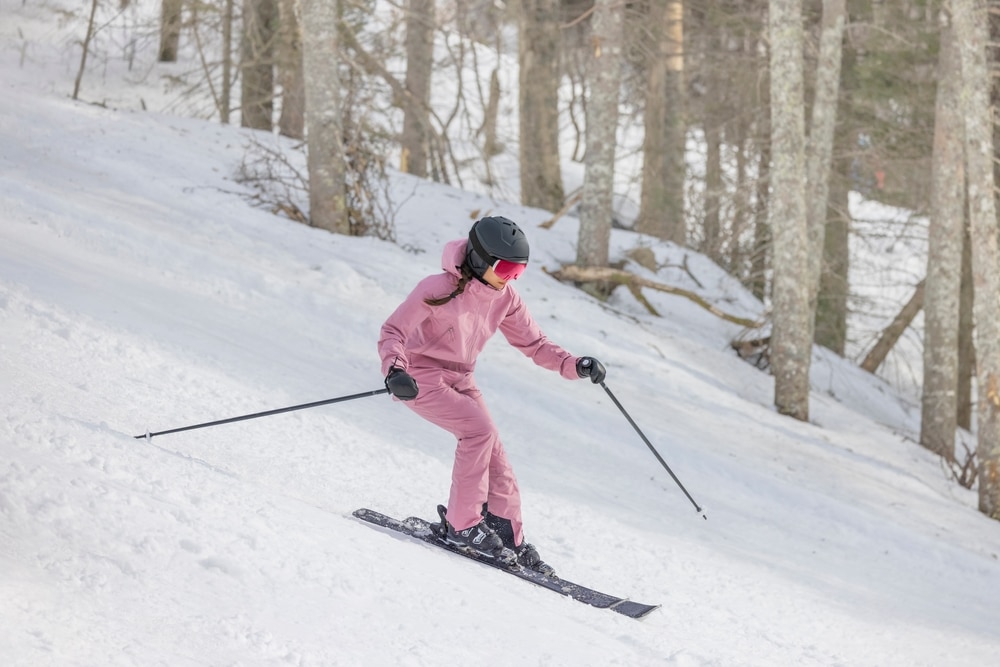Table of Contents
Planning a skiing trip to enjoy winter vacations by skiing the snowy slopes, but the key to successful skiing journeys is having the right gear. To enjoy the experience to the fullest, proper skiing gear is crucial to enjoy the snowy adventures without compromising your safety. One of the essentials of skiing is the right pair of skis, which demand a thoughtful selection to conquer the snowy adventures. Selecting the right pair of skis can make all the difference between an enjoyable experience on the slopes and a frustrating one. Whether you’re a beginner, an intermediate skier, or a seasoned pro, the type of skis you choose should complement your skill level, skiing style, and the terrain you plan to conquer. Here’s a guide on how to select the perfect pair of skis for carving the powder runs and tackling the groomed terrains with perfection.
1. Skill Level
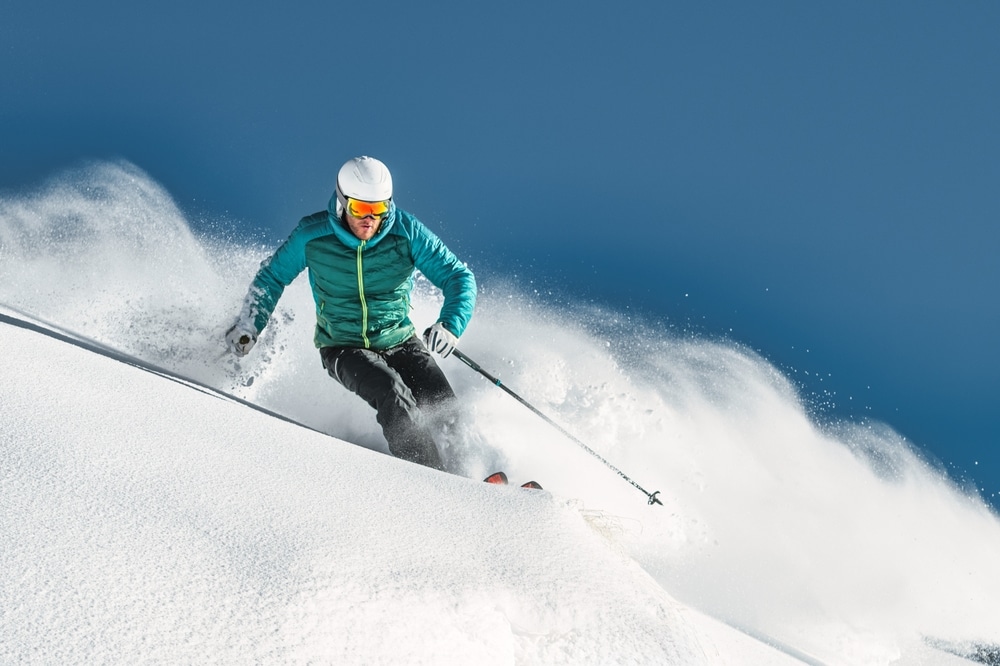
Your skill level is the foundation for choosing the right skis. Manufacturers design skis for different abilities, and selecting skis suited to your proficiency can significantly improve your performance and comfort on the mountain.
Beginner
If you’re new to skiing, opt for softer, shorter skis that are easy to maneuver. These skis are more forgiving, making it easier to control your speed and turn without much effort. Look for skis that are shorter than your height and have a waist width of around 70-85mm for better balance and easier turns.
Intermediate
If you’ve moved beyond the basics, you’ll want skis that offer more control at higher speeds. Skis for intermediate skiers tend to be slightly longer, stiffer, and designed to handle varied conditions, allowing for smoother transitions between turns and better stability.
Advanced
Advanced or expert skiers should look for stiffer, longer skis with a narrower waist, which provide better edge control and precision, especially on hard-packed snow or icy conditions. These skis can handle aggressive turns, high speeds, and more challenging terrain.
2. Type of Skiing
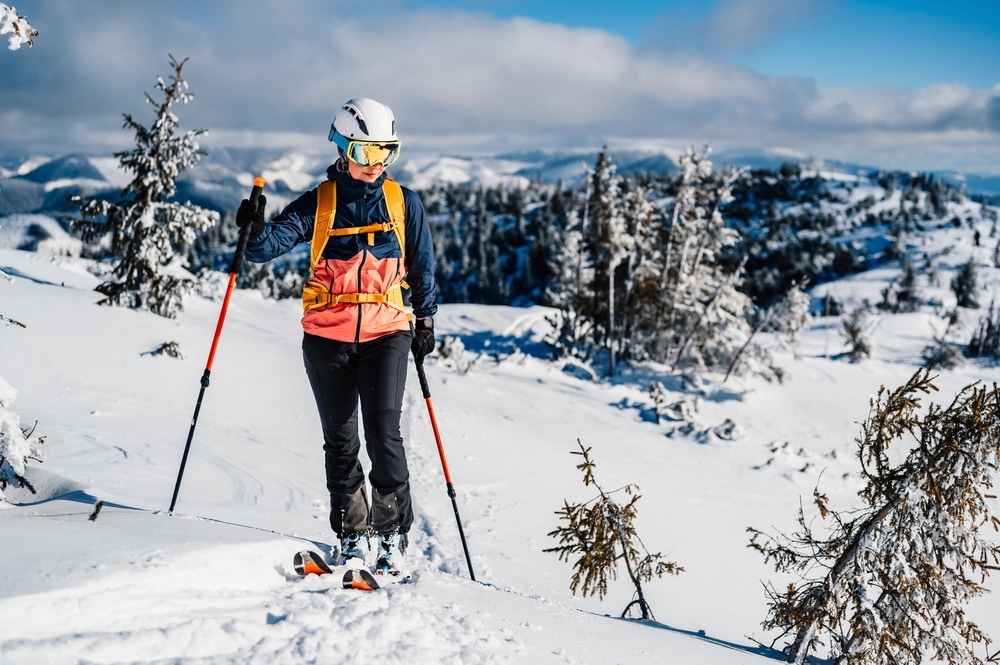
The type of skiing you plan to do is another crucial factor in selecting the right skis. There are several types of skis, each designed for different terrain and skiing styles. These include downhill skis, race skis, freestyle skis, powder skis, and touring skis. Knowing which category suits your needs is essential.
All-Mountain Skis
These are the most versatile skis and are ideal for skiers who want to explore various types of terrain, including groomed runs, moguls, and light powder. If you’re an all-mountain skier, look for skis that are between 80-105mm wide at the waist for balanced performance in different conditions.
Carving Skis
Carving skis is a great option if you primarily stick to groomed runs and enjoy making fast, precise turns. These skis have a narrow waist, typically around 70-80mm, and a pronounced sidecut, allowing for quick edge-to-edge transitions and sharp turns.
Powder Skis
For deep snow enthusiasts, powder skis are wider, often with a waist width of over 105mm. This extra width helps you stay afloat in soft, fluffy snow. Freestyle Skis: If you’re into park skiing, jumps, or tricks, freestyle skis are designed with a twin-tip (turned-up tail and tip) to allow for skiing backward and landing jumps. These skis are typically shorter, more flexible, and offer a more playful feel.
Backcountry Skis
For those who love venturing off-piste into ungroomed areas, backcountry skis are lightweight and often paired with specialized bindings for uphill travel.
3. Ski Length
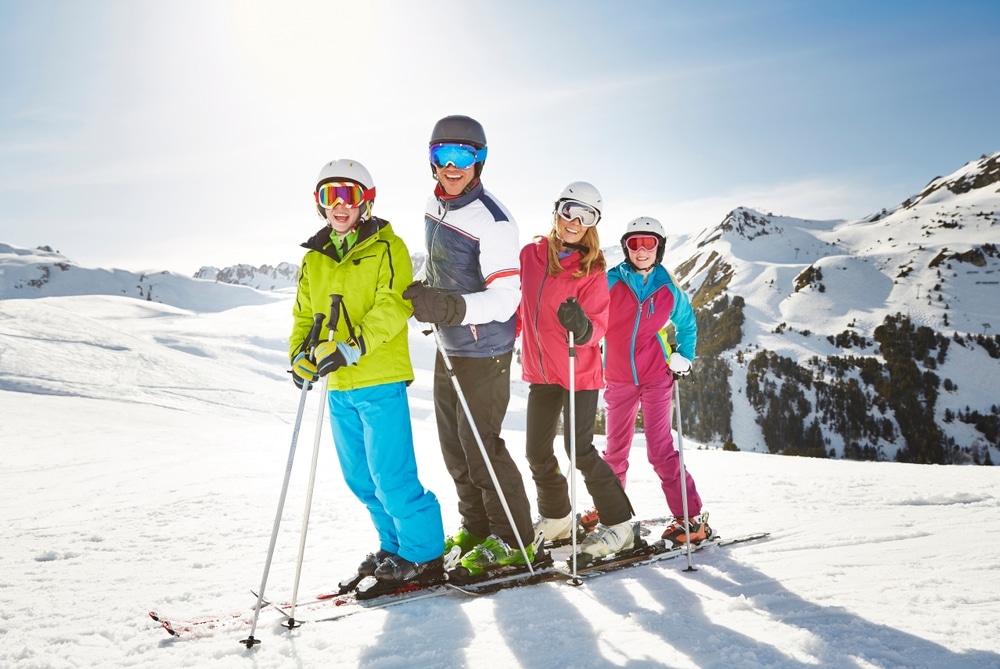
Ski length plays a vital role in your overall skiing experience. The right length depends on your height, weight, skill level, and skiing style.
Shorter Skis
Easier to control and more maneuverable, shorter skis are ideal for beginners or those who prefer making short, quick turns. They are also a good option for lighter skiers.
Longer Skis
Longer skis provide more stability at higher speeds and better floatation in deep snow, making them perfect for more advanced skiers who enjoy carving fast turns or tackling powder. If you’re heavier or an aggressive skier, you should opt for longer skis.
4. Ski Width
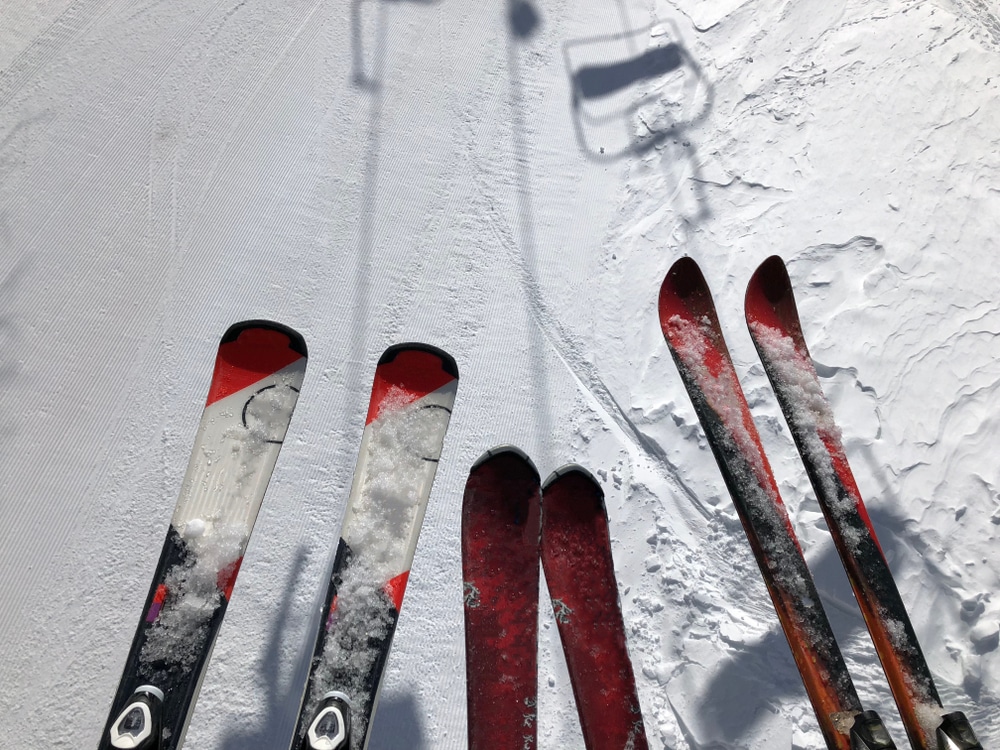
The width of your skis, especially at the waist, affects how they perform in different snow conditions. Waist width is measured in millimeters and refers to the narrowest part of the ski underfoot.
Narrow Waist (70-85mm)
Best for groomed runs and hard-packed snow. Skis with a narrow waist offer quicker edge-to-edge transitions and better precision for carving.
Mid-Width (85-105mm)
This is a good balance for skiers who like to explore different terrains. This width offers a blend of on-piste performance and off-piste versatility.
Wide Waist (105mm and up)
Ideal for powder skiing. The wider waist provides more surface area to help you float in deep snow.
5. Rocker vs. Camber
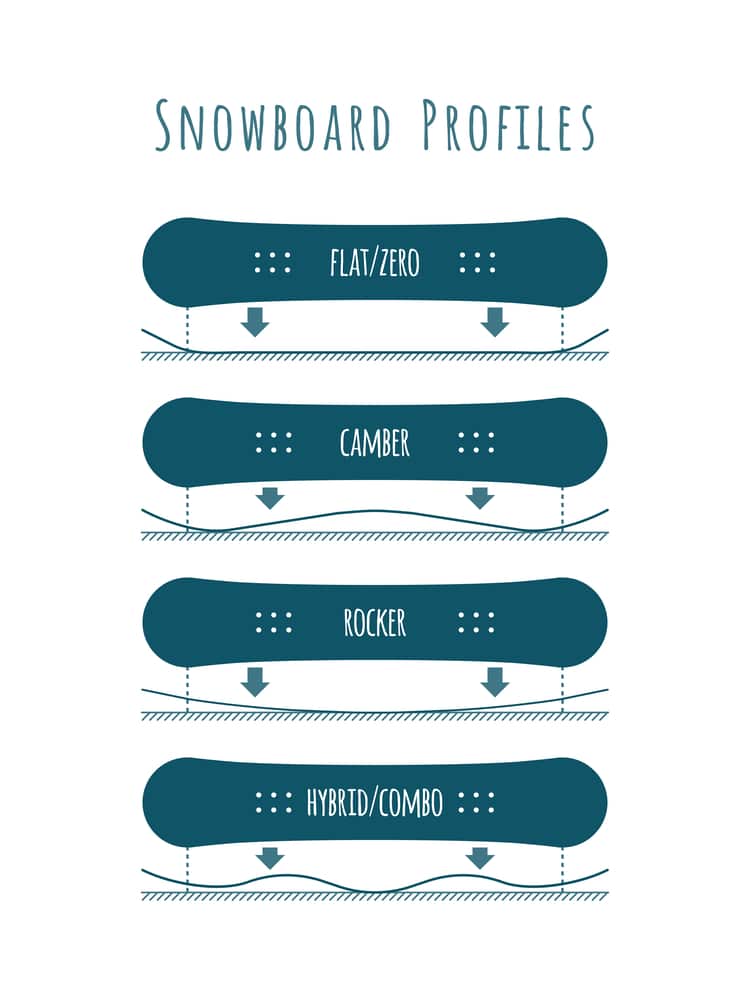
Ski shape also plays a role in performance, particularly the rocker and camber profile. Rocker refers to the upward curve of the tip and tail, while camber is the slight arch in the middle of the ski.
Camber
Traditional camber provides better edge grip and stability on groomed runs, making it ideal for carving.
Rocker
Rocker skis are great for powder and mixed conditions, offering better floatation and maneuverability in softer snow.
6. Ski Boots and Boot Sizing
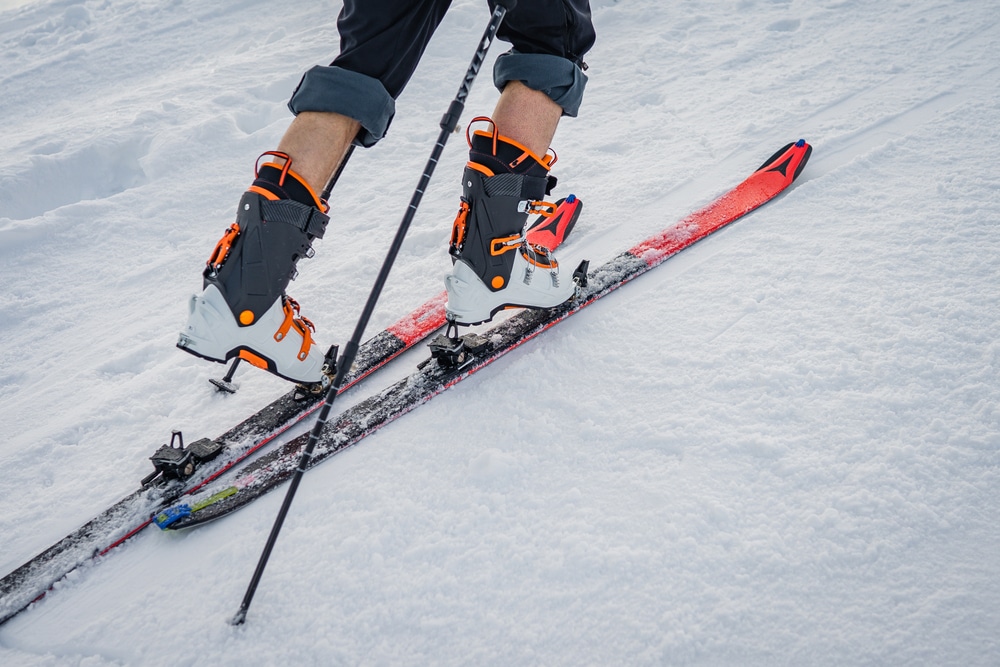
Choosing the right ski boots is equally important when selecting your skis. A good fit is critical, as improperly fitted boots can cause discomfort and negatively affect your performance. Proper ski boot sizing ensures that your feet are snugly held in place, allowing better power transfer from your legs to the skis. This is especially important when you’re moving edge to edge on your skis, as a well-fitted boot will help maintain control.
Conclusion
When buying a pair of skis for your winter adventures, it’s important to consider not only your skill level but also the type of skiing you’ll be doing most often. Beginners should look for more forgiving skis, such as those with a wider turn radius, which makes it easier to learn proper technique. Advanced skiers may want stiffer skis that offer better performance and control at higher speeds.

